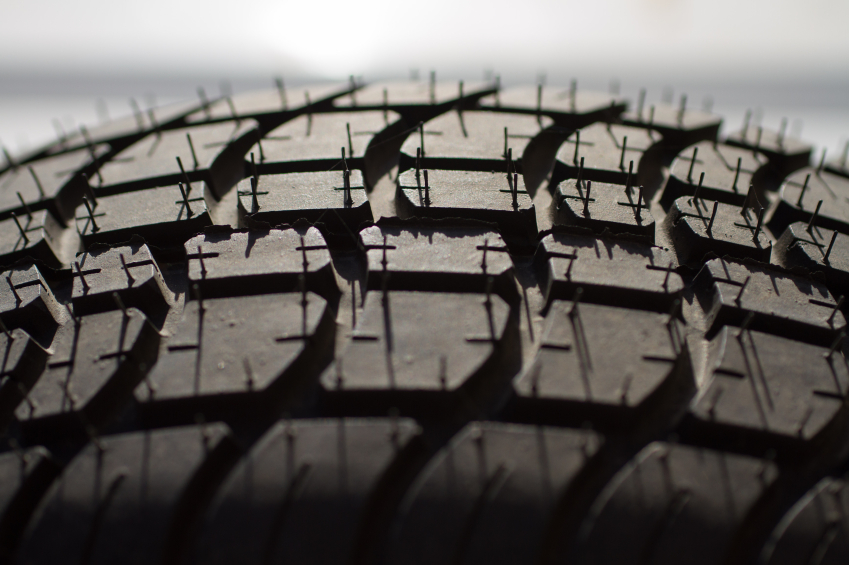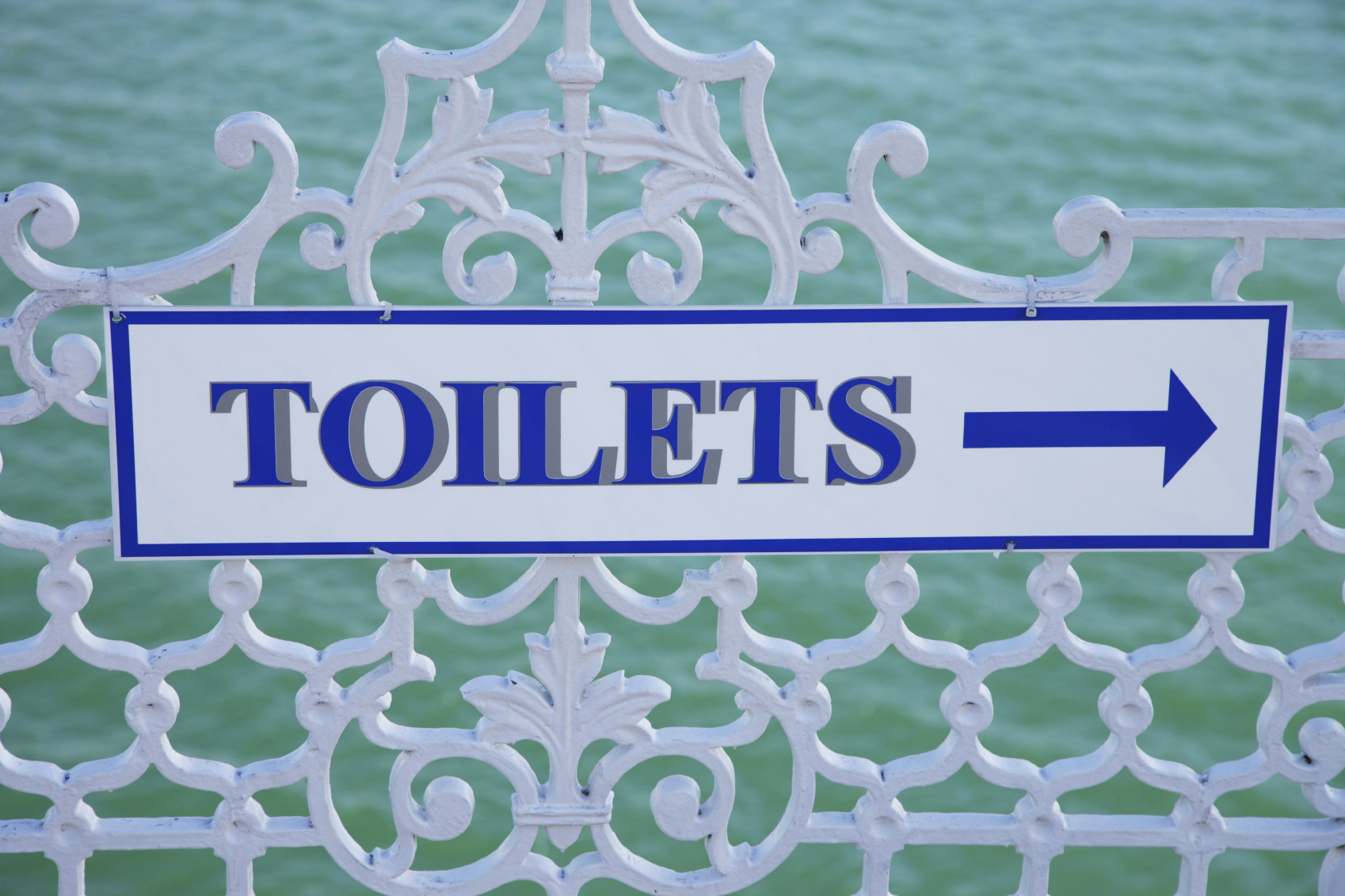Your trailer tyres connect your trailer and load to the road, making them a crucial component of any towing outfit. Traction, tread wearing and temperature – or the TTT ratings – are three important elements to consider when purchasing tyres. Understanding these ratings is essential not only for safety, but also to ensure you get value for your money when shopping for tyres.
Tread wearing
The tread-wear rating indicates the wear resistance of the tyre. It is a comparative rating based on the wear of a tyre when tested under controlled conditions. The higher the number, the stronger the rating, so in theory a tyre rated 400 should last four times as long as a tyre with a rating of 100. Each tyre manufacturer rates tread wear differently, so for accuracy it is wise to compare grades within a brand’s own range, rather than compare ratings given by opposing brands.
Traction
Traction ratings represent the trailer tyres’ ability to stick to wet surfaces – namely asphalt and concrete test surfaces – under standard conditions. The highest rating is AA followed by A, B and C. It is important to remember that traction ratings are based on straight braking tests and do not take into consideration the ability of a tyre to turn or take corners in the wet.
Temperature
Temperature ratings indicate a tyre’s resistance to heat, as well as its ability to dissipate heat. As always, the trailer tyre is tested under standard conditions, with the coolest running tyre receiving the highest grading. The ratings from best to worst are A, B and C.
Note: Be sure to consider the load rating or capacity of any tyres you are thinking about buying – that is, check that they can handle the weight of your vehicle. The above ratings mean nothing if, for example, your van weighs four tonnes and the tyres can only carry 500kg.
Things to keep in mind once you’ve purchased
Tyres age over time and can become dangerous, and even illegal, after several years of use. As a rule, always dispose of any tyres after six years of use, even if they appear to be in good cosmetic condition. The manufacturing date is embedded on the tyre as a four-digit code. For example, a tyre marked 4213 was produced on the 42nd week of the year 2013.
For tyres less than six years old, be sure to undertake routine inspections for any damage to both the tread and the sidewalls. All tyres should be marked with tread wear indicators in the form of six moulded 3mm-high strips, accompanied by the letters ‘TWI’ or a small triangle. You can find these along the edge of the tread. When the strip is visible right across the tyre, it is no longer safe or legal to use.
Choose your tyres carefully with the TTT grading guide and always aim for the highest possible rating within your budget. Remember: a higher-graded tyre will most likely outlive one of a lesser rating.
Read up on some trailer dos and don’ts and learn about load capacity to get the full picture on trailer needs.





